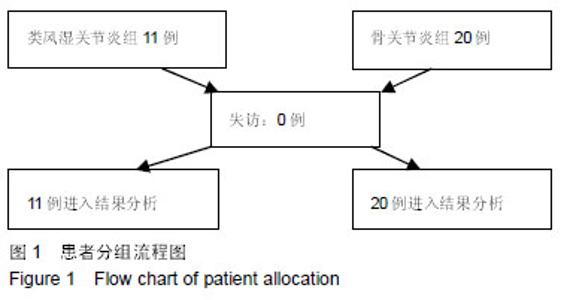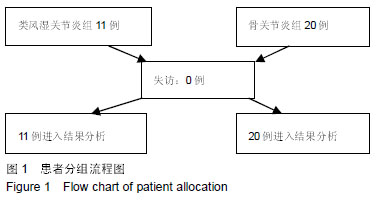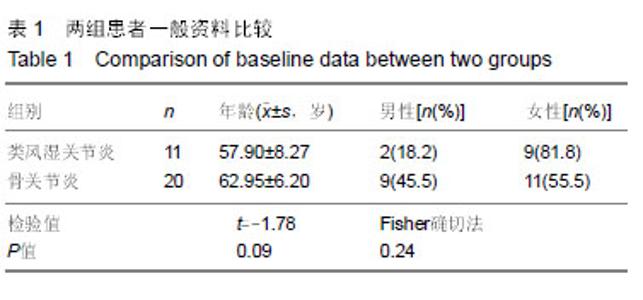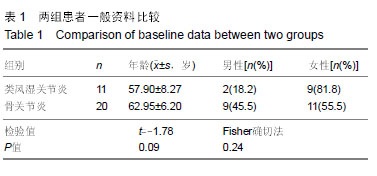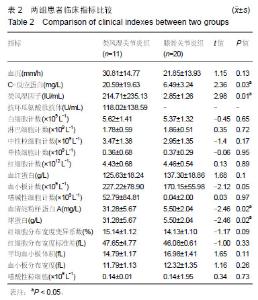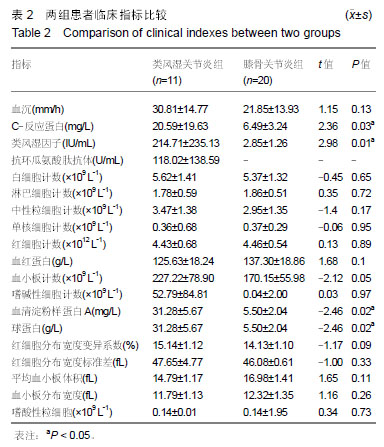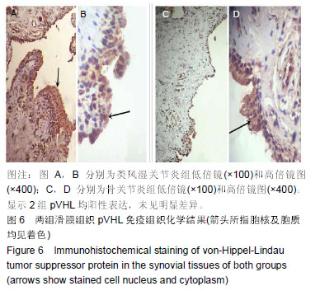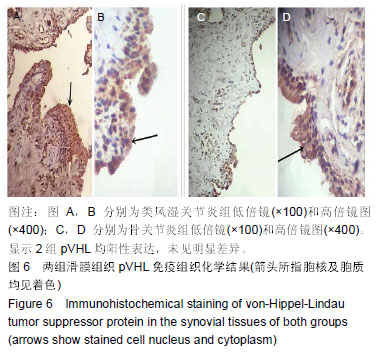| [1]Eltzschig HK,Bratton DL,Colgan SP.Targeting hypoxia signalling for the treatment of ischaemic and inflammatory diseases. Nat Rev Drug Discov. 2014;13(11):852-869.[2]Quiñonez-Flores CM,González-Chávez SA,Pacheco-Tena C. Hypoxia and its implications in rheumatoid arthritis. J Biomed Sci. 2016;23(1):62. [3]Meng-Chang L,Huang HJ,Chang TH,et al.Genome-wide analysis of HIF-2α chromatin binding sites under normoxia in human bronchial epithelial cells (BEAS-2B) suggests its diverse functions.Scientific Reports. 2016;4(6):29311-29323.[4]Zhao X,Yue Y,Cheng W,et al. Hypoxia-inducible factor: a potential therapeutic target for rheumatoid arthritis.Curr Drug Targets.2013; 14(6):700-707.[5]Li GF, Qin YH, Du PQ. Andrographolide inhibits the migration, invasion and matrix metalloproteinase expression of rheumatoid arthritis fibroblast-like synoviocytes via inhibition of HIF-1α signaling. Life Sciences.2015;136(7):67-72.[6]Marxsen JH, Stengel P, Doege K, et al. Hypoxia-inducible factor-1 (HIF-1) promotes its degradation by induction of HIF-α-prolyl-4-hydroxylases. Biochem J. 2004; 381: 761−767.[7]Buckley DL, Molle IV, Gareiss PC,et al.Targeting the von Hippel- Lindau E3 ubiquitin ligase using small molecules to disrupt the VHL/HIF-1α interaction. J Am Chem Soc.2012;134(10):4465-4468.[8]Cheng S , Aghajanian P , Pourteymoor S , et al. Prolyl Hydroxylase Domain-Containing Protein 2 (Phd2) Regulates Chondrocyte Differentiation and Secondary Ossification in Mice. Sci Rep.2016; 6:35748.[9]Muz B, Larsen H, Madden L, et al. Prolyl hydroxylase domain enzyme 2 is the major player in regulating hypoxic responses in rheumatoid arthritis. Arthritis Rheum. 2012;64(9):2856-2867.[10]张雨涛,陈铌,曾浩,等.肿瘤抑制基因VHL、低氧诱导因子与肾细胞癌[J].中华病理学杂志, 2006, 35(9):562-564.[11]Weng T, Xie Y, Yi L, et al. Loss of Vhl in cartilage accelerated the progression of age- associated and surgically induced murine osteoarthritis. Osteoarthritis Cartilage.2014;22(8):1197-205. [12]Mangiavini L, Merceron C, Araldi E, et al. Loss of VHL in mesenchymal progenitors of the limb bud alters multiple steps of endochondral bone development. Dev Biol.2014;393(1):124-136.[13]Hatzimichael E, Dranitsaris G, Dasoula A, et al. Von Hippel-Lindau methylation status in patients with multiple myeloma: a potential predictive factor for the development of bone disease. Clin Lymphoma Myeloma.2009; 9(3):239-242.[14]Schönenberger D,Rajski M,Harlander S,et al.Vhldeletion in renal epithelia causes HIF-1α-dependent, HIF-2α-independent angiogenesis and constitutive diuresis. Oncotarget.2016; 7(38): 60971-60985.[15]许良中,杨文涛.免疫组织化学反应结果的判断标准[J].中国癌症杂志, 1996,6(4):229-231.[16]Lu XX, Chen YT, Feng B. Expression and clinical significance of CD73 and hypoxia-inducible factor-1α in gastric carcinoma. World J Gastroenterol. 2013;19(12):1912-1918..[17]赵绵松,夏蓉晖,王玉华,等.骨关节炎与类风湿关节炎患者膝关节滑膜中血管内皮生长因子及血管形态的特征[J].北京大学学报(医学版), 2012,44(6):927-931.[18]Ogura T,Hirata A,Hayashi N,et al.Comparison of ultrasonographic joint and tendon findings in hands between early, treatment-naïve patients with systemic lupus erythematosus and rheumatoid arthritis. Lupus.2017;26(7):375-377.[19]Appelhoff RJ, Tian YM, Raval RR, et al. Differential function of the prolyl hydroxylases PHD1, PHD2, and PHD3 in the regulation of hypoxia-inducible factor.J Biol Chem.2004;279:38458–38465.[20]Ryu JH,Chae CS,Kwak JS,et al. Hypoxia-Inducible Factor-2α Is an Essential Catabolic Regulator of Inflammatory Rheumatoid Arthritis. PLoS biology. 2014;12(6):e1001881.[21]Giatromanolaki A, Sivridis E, Maltezos E, et al. Upregulated hypoxia inducible factor-1α and -2α pathway in rheumatoid arthritis and osteoarthritis. Arthritis Res Ther.2003;5(4):R193-201.[22]Saito T, Fukai A, Mabuchi A, et al.Transcriptional regulation of endochondral ossification by HIF-2 during skeletal growth and osteoarthritis development.Nat Med.2010;16(6):678-686.[23]Mei YK, Powis G. Passing the baton: the HIF switch. Trends Biochem Sci.2012;37(9):364-372.[24]Li J,Yuan W,Jiang S,et al.Prolyl-4-hydroxylase domain protein 2 controls NF-κB/p65 transactivation and enhances the catabolic effects of inflammatory cytokines on cells of the nucleus pulposus.J Biol Chem.2015;290(11):7195-207.[25]Liu J, Hong X, Lin D, et al. Artesunate influences Th17/Treg lymphocyte b balance by modulating Treg apoptosis and Th17 proliferation in a murine model of rheumatoid arthritis. Exp Ther Med. 2017;13(5): 2267-2273.[26]Ruschpler P, Lorenz P, Eichler W, et al. High CXCR3 expression in synovial mast cells associated with CXCL9 and CXCL10 expression in inflammatory synovial tissues of patients with rheumatoid arthritis. Arthritis Res Ther. 2003;5(5):R241-52.[27]Singh Y, Shi X, Zhang S, et al. Prolyl hydroxylase 3 (PHD3) expression augments the development of regulatory T cells. Molecular Immunology. 2016; 76:7-12.[28]Fox SB,Generali D,Berruti A,et al.The prolyl hydroxylase enzymes are positively associated with hypoxia-inducible factor-1α and vascular endothelial growth factor in human breast cancer and alter in response to primary systemic treatment with epirubicin and tamoxifen. Breast Cancer Res.2011; 13(1): 1-8.[29]宋小莉,苏娟.红细胞分布宽度在自身免疫性疾病中的研究进展[J].中国全科医学, 2017, 20(35):4459-4463.[30]Rauner M, Franke K, Murray M, et al. Increased EPO Levels Are Associated With Bone Loss in Mice Lacking PHD2 in EPO‐Producing Cells. J Bone Miner Res.2016;31(10):1877-1887.[31]Wilson R, Syed N, Shah P. Erythrocytosis due to PHD2 Mutations: A Review of Clinical Presentation, Diagnosis, and Genetics. Case Rep Hematol.2016;2016:6373706.Guellec D, Milin M, Cornec D, et al. Eosinophilia predicts poor clinical outcomes in recent-onset arthritis: results from the ESPOIR cohort. Rmd Open.2015; 1(1):e000070 |
